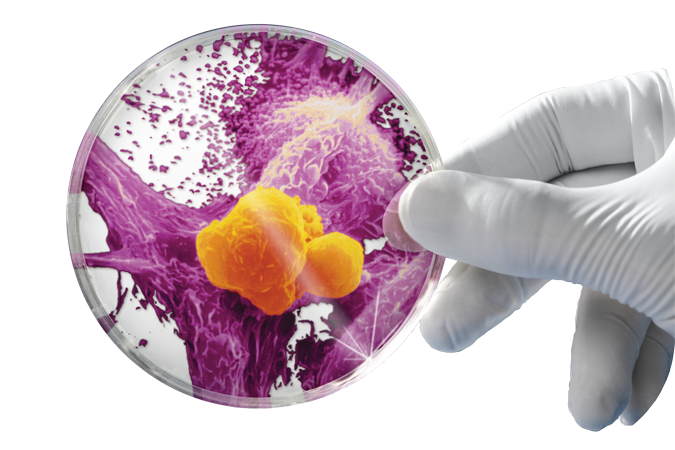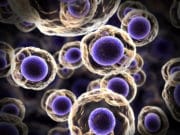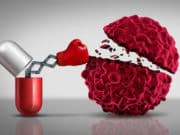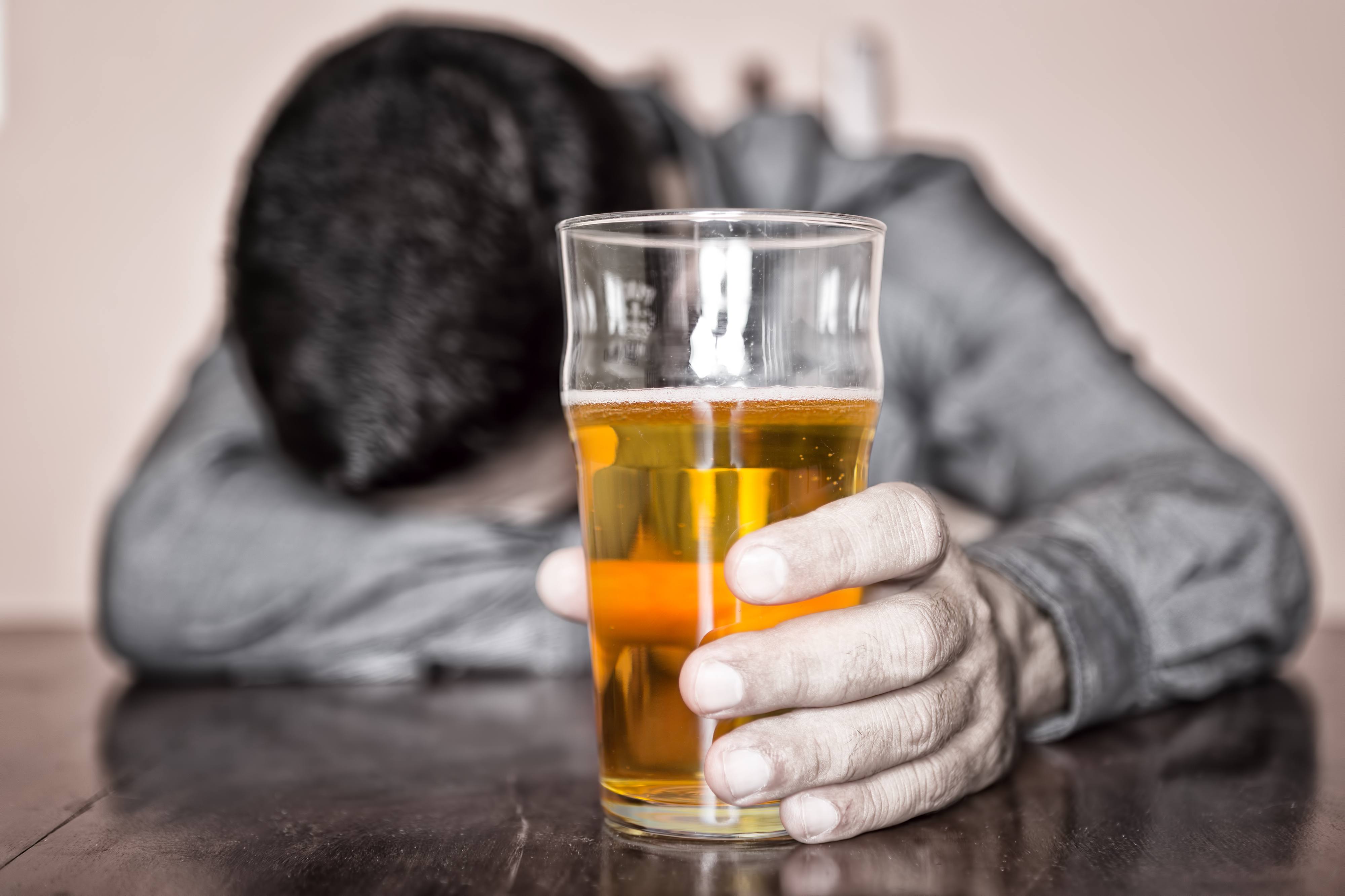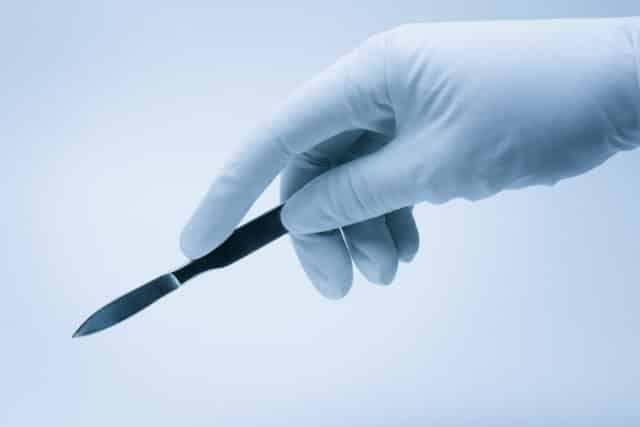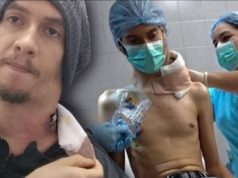What is a rapid autopsy?
A rapid autopsy is an immediate postmortem examination with the intent of observing the individuals tumors and/or tissue before it degrades. Samples from this procedure have allowed the creation of cell lines which can then be used in the testing of new treatments or genetic analysis.
How Rapid Autopsies Shed Light on Terminal Cancers
Nearly one thousand people showed up to pay respects to Keith Beck, the popular athletic director who works at the University of Findlay in northwestern Ohio. 59-year-old Keith Beck died of bile duct cancer last year. Beck’s kindness throughout his 30-year career was recalled by his former students, from loaning a broke kid $20, to buying textbooks for a student, to even clearing a spot on his living room floor for a student to sleep on.
However, only a few people know about Beck’s final gesture of selflessness and generosity. He agreed to undergo a rapid autopsy, a process conducted within hours of his death on March 28, 2017. His ex-wife Nancy Beck, who took care of him until the time of his death, shared that Keith agreed 100% and that the decision was important despite the difficulty. Beck decided to donate his body to a research study at the Ohio State University.
With rapid autopsy, researchers can gain first-hand information about the cancer that caused his death. The goal of the autopsy is for scientists to obtain tumor tissue right after his death before the tissue degrades. It is said that such samples are the door to comprehending the genetics of cancers that spread through the body, allowing scientists to learn about and find ways to cure them.
A medical scientist at the Ohio State University’s Comprehensive Cancer Center, Dr. Sameek Roychowdhury, shares that people are starting to recognize that cancer is more heterogeneous than we care to admit. He also mentioned that despite originating from the same cancer, our different body parts may have different cancer cells.
Through Beck’s rapid autopsy, it was found out that he had developed a mutation that caused the FGHR inhibitor, the experimental drug he was taking, to stop working.
“These rapid autopsy findings are helping us find ways we can develop these new and better drugs,” Roychowdhury said.
Rapid autopsy technology has been used for several decades. This technique has been used to study prostate cancer since 1991 by the researchers at the University of Washington in Seattle. This same technique has allowed the scientists at the University of Nebraska Medical Center to launch an effective program.
Director of the Legacy Gift Rapid Autopsy Program at Johns Hopkins Medicine in Baltimore, Dr. Jody Hooper, said, “However, it was only recently that more hospitals are choosing to launch and expand different programs. There were only 14 similar programs in the whole United States.”
Funding for these studies vary and are usually backed by a mix of cancer program resources and grants.
Examining the tissue from multiple sites right after death is deemed very important. This allows scientists to acquire larger samples than when the patients are still alive. Cancer cells can still be obtained and kept alive through rapid autopsies, allowing researchers to experiment on how to treat and/or kill these cancer cells.
One researcher who does at least one rapid autopsy every month, Dr. Hooper, shared that it is the power of sampling over the entire human body at the same time. He often provides tissue for about half a dozen researchers who are interested in different questions.
The focus of most programs is on researching cancer, but efforts to expand the practice are currently in the works, like learning more about the virus reservoirs in HIV patients, for example.
Hooper also mentioned that speed has a lot to do with preserving the RNA and DNA when it comes to rapid autopsies because these building blocks of the cells can degrade quickly after death. Acquiring samples should be done advisably within six hours of death, while other tissues should be obtained within 12 hours.
This required speed makes it challenging for autopsies to be conducted because consent is needed from the families of the deceased, most often while they are still grieving about their family member’s death. One factor that should always be considered is the different logistical issues that may transpire like when conducting an autopsy and returning the body for a funeral after. Traffic and weather can be unpredictable.
Raising the subject with the patients and their families can be very tricky, so it requires tact, patience, and compassion. Most of the patients who are enrolled in clinical trials learn about rapid autopsies from their doctors or pathologists. Many among them are eager and willing to cooperate.
“These willing patients are mostly the ones diagnosed with metastatic cancer,” Hooper said. “They’ve already accepted the outcome long before. For some patients, the autopsy is simply the final phase of their clinical trial. They want to help others by undergoing the procedure.”
Another bile duct cancer patient, Linda Boyed, 52 years old and from Lewis Center, Ohio, enrolled in the clinical trial to try and treat her cancer. Boyed said that the drugs are working now, but has still agreed to do the rapid autopsy at the time of her death.
It is also good to mention that these autopsies are paid through program grants, so there are no costs to the families of the deceased. The autopsies do not affect the funeral plans because the bodies are returned within a day.
Beck’s ex-wife, Nancy, adds “We felt honored to do this. The procedure was done with dignity and respect.”
“As much as we care about our patients as they undergo treatments, performing the autopsy is also an honor for us too. This person was once living and breathing and came into my office every other week. I like to think that they’ve given so much so that others and future cancer patients can benefit,” he said.
“Each person has something to teach us even after death.”


